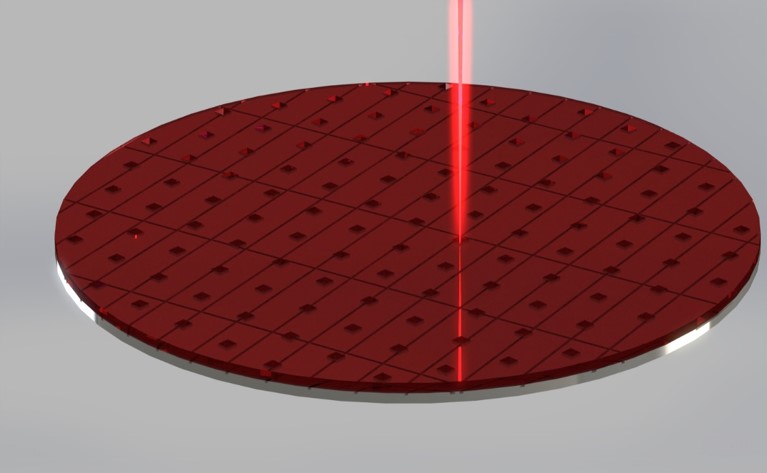Optical technology is going to revolutionize short-reach interconnects. The most promising technology is silicon photonics, and the workhorse of such an interconnect is the optical modulator. Modulators have been improved seriously in recent years. However, the demands of optical interconnects are significant.
A combination of 1D and 2D photonic crystal on silicon or silicon-rich nitride platform (SRN) and phase change materials (PCM) or liquid crystals (LC) can overcome the drawbacks that micro-ring resonators are presenting in photonic integrated circuits and silicon photonics. The photonic crystal can reduce by 2 the footprint of the devices maintaining a high spectral selectivity.

tunable refractive index,
Our interest lies in ultra-fast Optical Switches because for our understanding they are the key to the ultra-fast computing and can revolutionize information encoded as bits. The fabricated devices must accept thermal tolerances and wide optical spectral range and the technology used should be CMOS-compatible.

the photonics wafer. Development of micro-trenches and other structures within the photoresist layer, down to the
photonic waveguide layer.
Read more at http://emps.exeter.ac.uk/engineering/staff/jf481/httpempsexeteracukphysicsastronomystaffjf481phd_project#lOKrW4CiyrTZgUJk.99